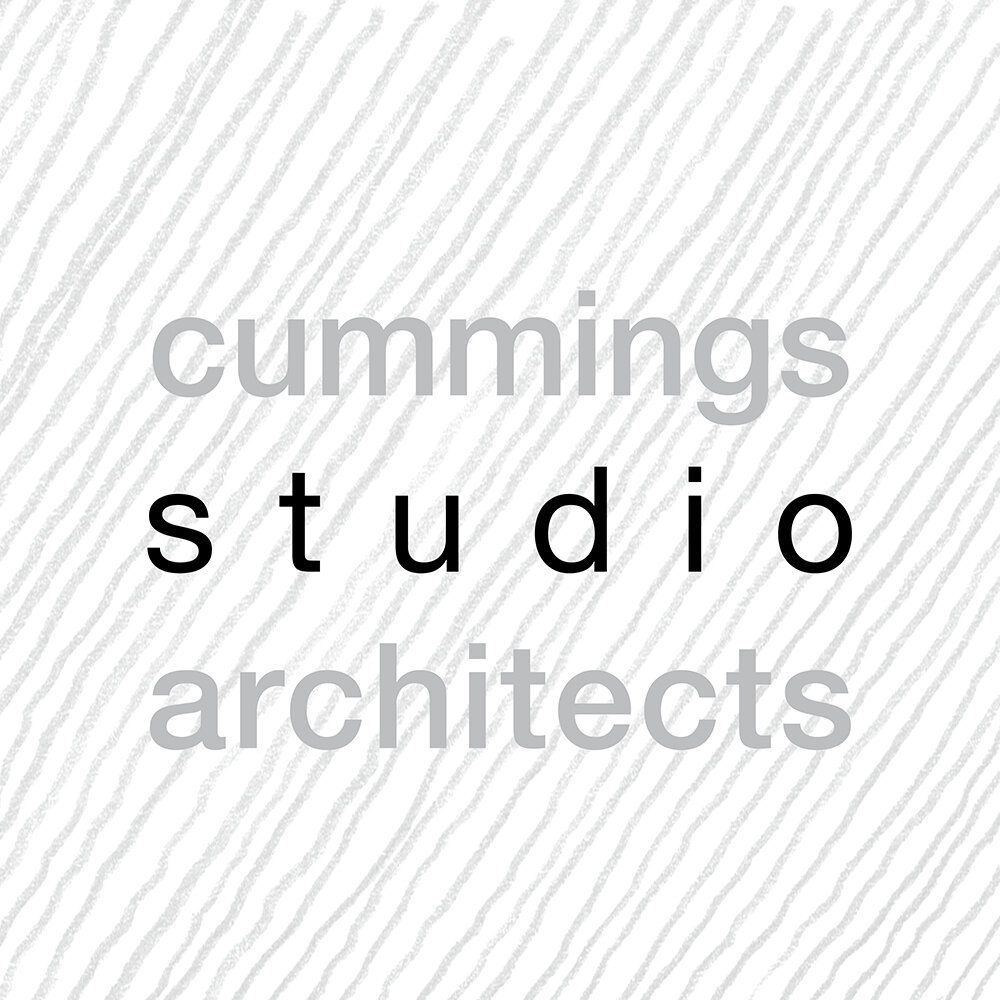We get asked a lot as to whether someone is an architect or not or to be honest, whether that even matters.
It is quite shocking though sometimes to see someones face when they espous of their recently engaged architect and spent tens of thousands of dollars on fees, to find that they weren’t an architect at all. “But they’re called such and such architecture” I hear them cry, and this is where the waters really get murky. You see, in Australia, as well as the term ‘architect’ being protected, so is the term ‘architecture’ when used to describe a service which (in Australia) can only be provided by a registered architect. You see they saw the confusion etymology can play in the public looking to engage in a service which they perhaps might only use once or twice in a lifetime. Pretty cut and dry, whereas in NZ we allow such terminology to be used by anyone. When on occasion I have colleagues and friends from Australia come to visit, they all remark at the huge amount of architects we have in the area. Uh haaaaa, I say, they’re not architects, and they’re absolutely dumbfounded by the notion that the public are being mislead in such a way.
So what is the difference?
For complete disclosure I was once a draughtsman, or an “Architectural Designer” so I can speak with a certain amount of experience on this topic. A draughtsman has 2 years of tertiary education at a Polytechnic after which they receive a Diploma in Architectural Technology. Their focus is on the technical aspects of documentation and producing documents sufficient to gain a building consent. Typically you will use a draughtsman for simple jobs not requiring too much complexity and generally also at a smaller scale. They can be cheaper to engage, but it’s worth enquiring as generally architects and draughtsman have similar overheads and therefore the differences are not as much as you might expect.
An Architect has 5 years of university level education, where they receive a bachelors degree in the 3 undergraduate years and a Masters Degree on completion of the 5 years. Upon completion of the Masters, a further 2 years of documented experience is required under the direction of an architect before sitting an exam and being interviewed before becoming becoming a registered architect. It’s a lot of work so you can understand why architects get a bit agitated when someone calls themselves an architect when they’re not!
The reason being, the term “architect” is protected by law and is governed by the “Architects Act” which is an Act of Parliament. We have a Code of Conduct and a disciplinary board called the NZRAB. (New Zealand Registered Architects Board) who hold us to account and provide consumer protection to the client. Architects are able to work across all scales of the building industry and are also trained in design and problem solving when it comes to more difficult projects with lots of conditions and are able to administer construction contracts when the project goes to site.
So which is better?
To be honest, there are some good architectural designers out there, and there are also some not so good architects. Generally, the more complex a project, the more attuned an architect is to dealing with problems on multitudes of levels. We recommend that firstly you see if your architect really is an architect. Hit the button below which will take you to the NZRAB Architects register where you can find out for yourself. If they are not listed, they are not an architect and should not be calling themselves one. Someone calling themselves an architect when they’re not is misleading let alone illegal, and can be fined up to $10,000 by the NZRAB.
